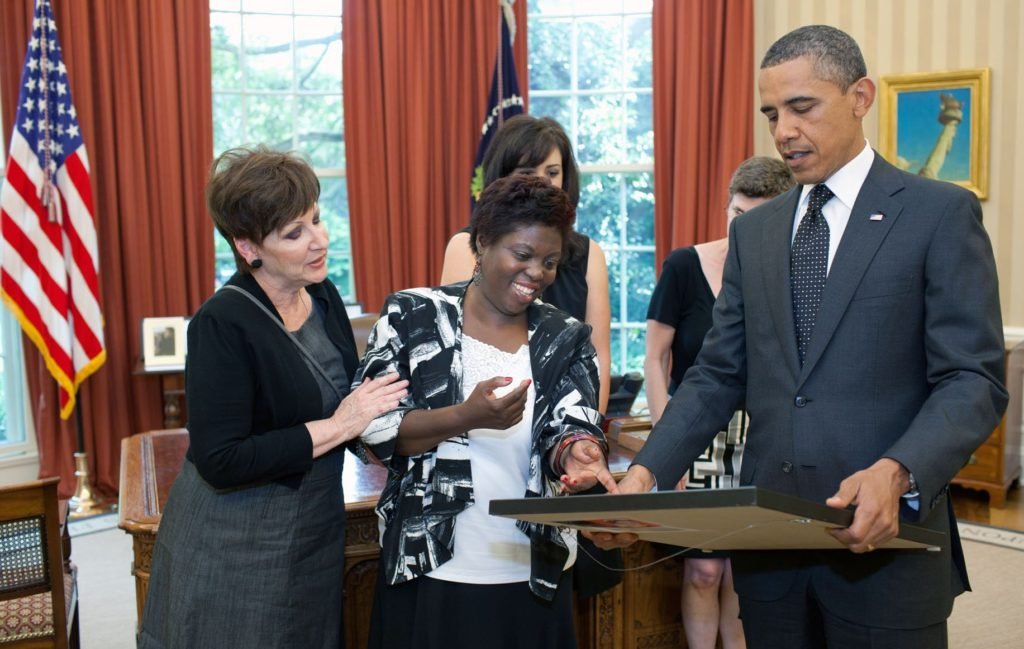
A Celebration of Pride in the Disability Identity
A gray square graphic with text in the colors from the Disability Pride flag: soft red, soft yellow, white, soft blue and soft green. The text reads, “Disability Pride, July 2024, Celebrating the Disability identity all month long! ETE Celebration July 6th @ Beyond Distilling, Inclusive Wrestling Show July 20th @ Striped Pig Distillery, Finale Celebration July 26th @ Holy City Brewing, *Stay tuned for more!*”
A TikTok video from @HEARTGoesTikTok (HEART Inclusive Arts Community) featuring HEARTists standing in font of a teal striped and flowers mural at the park, talking about Disability Pride.
“Disability is not a dirty word”
“Having a disability is not something to be ashamed of, and such euphemisms deny the existence of disability and reinforce the stigma surrounding disability rather than embracing it as a valued aspect of diversity.”
Director of the National Institute on Disability, Independent Living and Rehabilitation Research (NIDILRR) for the Administration for Community Living.
The first Disability Pride event was born in Boston in 1990. Parades and festivals followed after in major cities across the country like Chicago, L.A., and New York. Disability Pride is a time for recognition and celebration of the Disabled identity and the unique culture of disabilities communities. Disability Pride is an opportunity for everyone to show off their whole selves and be PROUD of exactly who they are!
Combatting Negative Stigmas
Disability is a broad, beautiful, diverse banner covering many communities. It spans across all ages, races, genders, socioeconomic statuses, regions, nationalities… it intersects with all identities that make up a person. And it isn’t a fixed population. Anyone might join the Disabled identity at any time. It is the largest and widest reaching minority group in the world.
Click the button below to hear Judy Heumann, the Disability Rights activist and icon, discussing her thoughts on Disability Pride in her video series “Monday Minute”:
Dismantling “-isms”
Ableism is discrimination and prejudice targeted against people with disabilities. Ableist ideas and actions can be purposeful:
use of slurs and pejorative language, even when it’s not directed at a person with a disability ( e.g., the “R” word),
segregation of people with disabilities,
failing to meet accessibility requirements, or
unfair employment practices, and more.
But, often ableism is the result of unconscious or implicit biases, learned prejudices persistent in society, and careless ignorance:
assuming people with disabilities need your help, or that they want to be “fixed” or “cured”,
pitying people with disabilities, or
conversely, using disability stories as inspiration to the non-disabled (sometimes called “Inspiration Porn”),
infantilizing people with disabilities,
ignoring invisible disabilities,
questioning a person about their disability, or
assuming your own experience is universal, and many others.
We are all responsible for putting an end to ableism in our world. As with all -isms, we must go beyond simply considering ourselves “not-ableist”. We must actively listen, recognize, and act against ableism where we see it.
The Fight for Rights
Individuals with Disabilities and Disability activists continue to speak out - demanding the equity, access, inclusion, and respect of our whole society that is rightfully deserved. Each battle for long-overdue rights has been hard fought, and that fight continues today. Learn more about the Disabled activists who have paved the way to where we are now.
[ID: The artist Lois Curtis, known for her fight against the segregation of disabled individuals in the landmark Supreme Court case Olmstead v. L.C., presents then President Barack Obama with one of her paintings. They are in the oval office, with three women looking on from behind them. Ms. Curtis smiles and points to her painting that President Obama is holding and admiring.]
Photo Credit: Official White House Photo by Pete Souza, 2011
Individuals
There is no single definition that captures every disability. Each person is unique, and their experience - their Disabled identity - is uniquely their own. That is part of the challenge of promoting visibility for everyone, and a reason why it is so important to listen to all the varied voices in the Disabled community.
The Disability Rights and Independent Living Movement collection at the Bancroft Library of U.C. Berkeley houses an oral histories archive from Disability Rights activists and advocates everyone should know:
“Human variability is immense. We see and hear in varying degrees, our limbs are of different lengths and strengths, our minds process information differently, we communicate using different methods and speeds, we move from place to place via diverse methods, and our eye colors are not the same. Some of us can soothe children, some have spiritual insight, and some discern the emotions of others with astounding skill. Which bodily and mental variabilities are considered inconsequential, which are charming, and which are stigmatized, changes over time - and that is the history of disability.”
Kim E. Nielson
A Disability History of the United States
Beacon Press, 2012
“Disability Culture is a world that reflects who I am.”
— Neil Marcus, Performance Artist
From the YouTube channel of Neil Marcus
Recorded at the University of Michigan Initiative on Disability Studies (UMInDS) Spring Conference 2012: Disability/Culture: An Arts-Based Research.

Contact
Feel free to contact us with any questions.
Email
info@disabilitypridesc.org
Phone
(843) 564-8810






